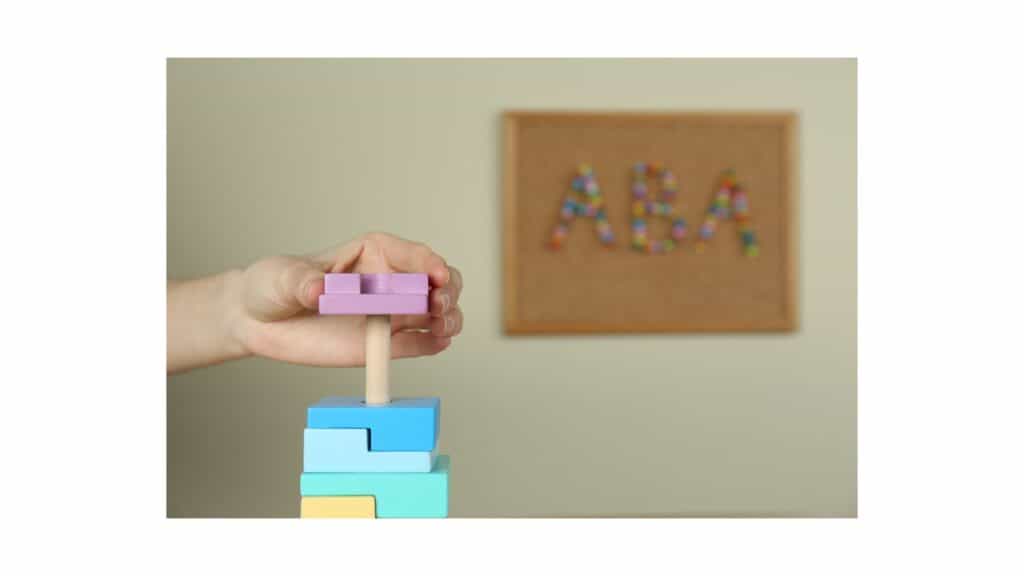Applied Behavior Analysis (ABA) therapy has long been recognized as a highly effective intervention for individuals with autism spectrum disorder (ASD). Its success is not solely attributed to the therapy sessions themselves but also to the critical role parents play in the process. Parent involvement is not just encouraged; it’s fundamental to the success of ABA therapy. In this article, we’ll delve into the significance of parental involvement in ABA therapy, exploring how parents act as catalysts for progress, essential partners in the implementation of strategies, and pillars of support for their children. Understanding the dynamics of parent involvement in ABA therapy is not only enlightening but also empowering, offering insights into how families can optimize the effectiveness of this therapeutic approach for the benefit of their children’s development and overall well-being. Let’s explore the transformative impact of parents in the realm of ABA therapy.
Empowering Parents as Partners: The Key to Unlocking Potential in ABA Therapy
Welcome to our exploration of the pivotal role parents play in unlocking the full potential of Applied Behavior Analysis (ABA) therapy. At the heart of successful ABA interventions lies a strong partnership between parents and professionals. By actively engaging in their child’s therapy journey, parents become powerful agents of change, driving progress and fostering positive outcomes. Join us as we delve into the empowering dynamics of parent-professional collaboration and its profound impact on children with autism spectrum disorder (ASD).

Building a Foundation of Trust and Communication
Effective collaboration begins with trust and open communication. Establishing a strong rapport with your child’s ABA team sets the stage for productive collaboration. Take the time to get to know your child’s therapists, share valuable insights about your child’s preferences and strengths, and express your goals and concerns openly. Together, you can create a shared vision for your child’s progress and work towards common objectives.
Setting Clear Expectations and Goals
Clarity is key to driving progress in ABA therapy. Collaborate with your child’s therapists to define clear, measurable goals that align with your child’s needs and aspirations. By setting realistic expectations and breaking down larger objectives into manageable steps, you can track your child’s progress more effectively and celebrate milestones along the way. Remember, each achievement, no matter how small, is a step towards unlocking your child’s potential.
Bridging the Gap Between Therapy Sessions and Daily Life
ABA therapy doesn’t end when the session concludes; it continues seamlessly into your child’s daily routines and activities. As a parent, you play a vital role in bridging this gap by reinforcing skills learned during therapy sessions in naturalistic settings. Integrate ABA strategies into everyday situations, provide consistent opportunities for practice and generalization, and celebrate your child’s successes outside the therapy room. By weaving ABA principles into the fabric of daily life, you empower your child to thrive beyond the confines of structured therapy sessions.
Embracing a Collaborative Mindset
Collaboration is not a one-time event but an ongoing process that evolves over time. Embrace a collaborative mindset characterized by flexibility, adaptability, and mutual respect. Stay actively engaged in your child’s therapy journey, attend meetings and progress reviews, and collaborate with your child’s therapists to adjust strategies as needed. By fostering a culture of teamwork and partnership, you create a supportive ecosystem where everyone is invested in your child’s success.
Harnessing the Power of Parental Reinforcement
Positive reinforcement is a cornerstone of ABA therapy, and parents are its primary agents. By providing consistent praise, encouragement, and rewards, you reinforce desired behaviors and motivate your child to continue learning and growing. Identify your child’s preferred reinforcers, incorporate them into daily routines, and use them strategically to shape behavior and promote skill acquisition. Together, we can harness the power of parental reinforcement to unlock your child’s full potential.
From Theory to Practice: Implementing ABA Strategies at Home
Welcome to “From Theory to Practice: Implementing ABA Strategies at Home.” In this guide, we’ll bridge the gap between the principles of Applied Behavior Analysis (ABA) and their practical application in the home environment. By translating ABA strategies into everyday practices, you can create a supportive atmosphere for your child’s growth and development. Let’s explore actionable tips and insights to empower you in supporting your child’s progress and promoting their independence and well-being.
- Creating a Structured Environment: Establish clear routines and visual schedules to provide predictability and support for your child. Consistency is key in helping them understand expectations and transitions.
- Using Visual Supports: Implement visual cues, such as picture schedules and task lists, to enhance communication and comprehension. Visual supports can help your child navigate daily routines more independently.
- Reinforcing Desired Behaviors: Identify your child’s preferred reinforcers, whether they’re toys, activities, or praise, and use them strategically to reinforce positive behaviors. Consistent reinforcement helps to motivate your child and encourages continued progress.
- Prompting and Prompt Fading: Use prompting techniques, such as verbal prompts or physical guidance, to help your child learn new skills. Gradually fade prompts as your child becomes more independent, promoting skill acquisition and self-reliance.
The Parent’s Guide to ABA Therapy: Nurturing Growth and Development
Welcome to “The Parent’s Guide to ABA Therapy,” where we embark on a journey of understanding and empowerment. As a parent of a child receiving Applied Behavior Analysis (ABA) therapy, you play a pivotal role in nurturing your child’s growth and development. In this guide, we’ll explore the principles of ABA therapy, practical strategies for implementation, and the transformative impact of parental involvement. Together, let’s create a roadmap for success and empower you to become a confident advocate and ally in your child’s therapeutic journey.
Collaborating with ABA Professionals
Building a collaborative relationship with your child’s ABA team is essential for success. Take the time to communicate openly with therapists, behavior analysts, and other professionals involved in your child’s care. Share valuable insights about your child’s strengths, preferences, and challenges, and work together to develop a customized treatment plan that meets their unique needs. By fostering a spirit of teamwork and collaboration, you can maximize the effectiveness of ABA therapy.
Creating a Supportive Home Environment
The home environment plays a crucial role in supporting the goals of ABA therapy. Create a structured and predictable environment that promotes learning and positive behavior. Implement visual supports, such as schedules and visual cues, to help your child understand expectations and transitions. Establish clear routines and provide plenty of opportunities for practice and reinforcement. By creating a supportive home environment, you set the stage for success in ABA therapy.
Implementing ABA Strategies in Everyday Life
ABA therapy doesn’t stop when the session ends; it continues seamlessly into everyday life. Take advantage of teachable moments throughout the day to reinforce skills learned during therapy sessions. Use prompting and prompting fading techniques to support your child’s learning and independence. Provide plenty of opportunities for practice and celebrate your child’s successes, no matter how small. By integrating ABA strategies into daily routines, you can help your child generalize their skills and make meaningful progress.
Using Reinforcement Effectively
Positive reinforcement is a powerful tool in ABA therapy for motivating behavior change and skill acquisition. Identify your child’s preferred reinforcers, whether they’re toys, activities, or praise, and use them strategically to reinforce desired behaviors. Be consistent in delivering reinforcement and vary the types of reinforcers to keep motivation high. By harnessing the power of reinforcement, you can make learning fun and rewarding for your child.
Addressing Challenging Behaviors
Challenging behaviors are a common concern for children with autism spectrum disorder (ASD), but they can be effectively addressed through ABA therapy. Work closely with your child’s ABA team to identify the underlying functions of challenging behaviors and develop targeted interventions to address them. Use proactive strategies, such as antecedent modifications and teaching replacement behaviors, to prevent problem behaviors before they occur. By addressing challenging behaviors proactively, you can create a more peaceful and harmonious home environment for your child and family.
Conclusion
Parent involvement is a crucial aspect of ABA therapy. By actively participating in their child’s treatment, parents can significantly improve their child’s outcomes and overall progress. At Positive Solutions Behavior Group LLC, we recognize the importance of parental involvement and strive to educate and empower our families every step of the way. By working together, we can create a comprehensive and effective treatment plan that addresses the unique needs of each child.
If you’re interested in learning more about the role of parent involvement in ABA therapy or would like to schedule a consultation with our team, please don’t hesitate to reach out. At Positive Solutions Behavior Group LLC, we’re committed to providing exceptional care and support to our families. Contact us today at (859) 282-0400 or visit our website to learn more about our services and how we can help your child thrive.






